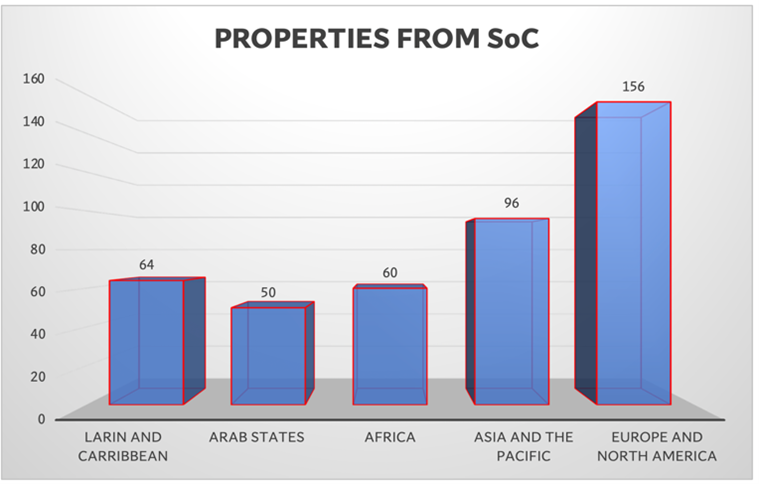Heritage zoning is a concept that reflects on the idea of forming an almost invisible wall around areas of Outstanding Universal value to humanity. In Essence, heritage zoning is expected to act as a fortification to the areas that we call special and hold immerse human history and creativity, to a large extent, our identity.
“Remember .. where you come from; otherwise,
you don’t know where you are going”- Karoline Kurkova
As many may agree or disagree, Heritage, whether natural or cultural, provides us with a sense of where we come from and who we are in the vast great of endlessness. We can know where we want to go if we know who we are.
However, the same drive to get to a better place can be counter institutive. What do I mean, our growth and transformation of our surroundings into places that concentrate on needs such as water, sanitation, transportation, food, and accommodation, among others, is a reaction to what we lacked in our environment’s century ago. This need to improve our surroundings is a dynamic and complex process that leads to the evolution of our urban spaces into competitive spaces for resources such as space and their transformation into megacities. Even with its magnificence and concentration of services, the need and demands on natural resources such as land and water are ever-growing.
Urbanization as a dynamic and complex process has attacked Heritage on multiple fronts, and the fortification of Heritage is slowly crumbling down. This can be seen in the delisting from the World Heritage list by UNESCO, properties such as Dresden Elbe Valley and Arabian Oryx Sanctuary (Oman) due to the inherent penetration of urbanization and the need to meet our current demands for transportation or leaving space, respectively. These properties no longer represent the elements that made them once special. They are but fragments of their former glory.

A simple assessment conducted using the UNESCOs state of the conservation report (SoC) shows that about 37% of our World Heritage properties have been reported to be under threat from some urbanization. Many of these properties are also in developed regions such as Europe and North America. Three things can be true about this.

One can surely theorize about why an imminent threat exists to our Heritage. Firstly, there could be an over-documentation of threats to World Heritage by the regions that record more urbanization threats to World Heritage properties. Secondly, there is an under documentation in regions with low recorded properties threatened by urbanization. Lastly, World Heritage properties could be insufficient management practices in developed regions. However, one clear thing is that developing countries, as predicted by the World Bank and UN-habitat, have the highest urbanization rates relatively to developed areas. If the status quo remains, we should be ready to record more casualties of world heritage threatened by urbanization and eventually delisting.
References
- Eike Albrecht, & Bénédicte Gaillard. (2015). Procedure for Delisting a Site From the World Heritage List: Is Delisting With Consent or Against the Wish of a State Party Possible? J. of Tourism and Hospitality Management, 3(1), 15–21. https://doi.org/10.17265/2328-2169/2015.02.002
- Guzmán, A., & Roders, P. (2014). Bridging the gap between urban development and cultural heritage protection . IAIA14 Conference Proceedings, April, 1–6. https://doi.org/10.13140/2.1.4633.7923
- Udeaja, C., Trillo, C., Awuah, K. G. B., Makore, B. C. N., Patel, D. A., Mansuri, L. E., & Jha, K. N. (2020). Urban heritage conservation and rapid urbanization: Insights from Surat, India. Sustainability (Switzerland), 12(6). https://doi.org/10.3390/su12062172
- Jones, T. E., Bui, H. T., & Ando, K. (2020). Zoning for world heritage sites: dual dilemmas in development and demographics. Tourism Geographies, 24(1), 33–55. https://doi.org/10.1080/14616688.2020.1780631

